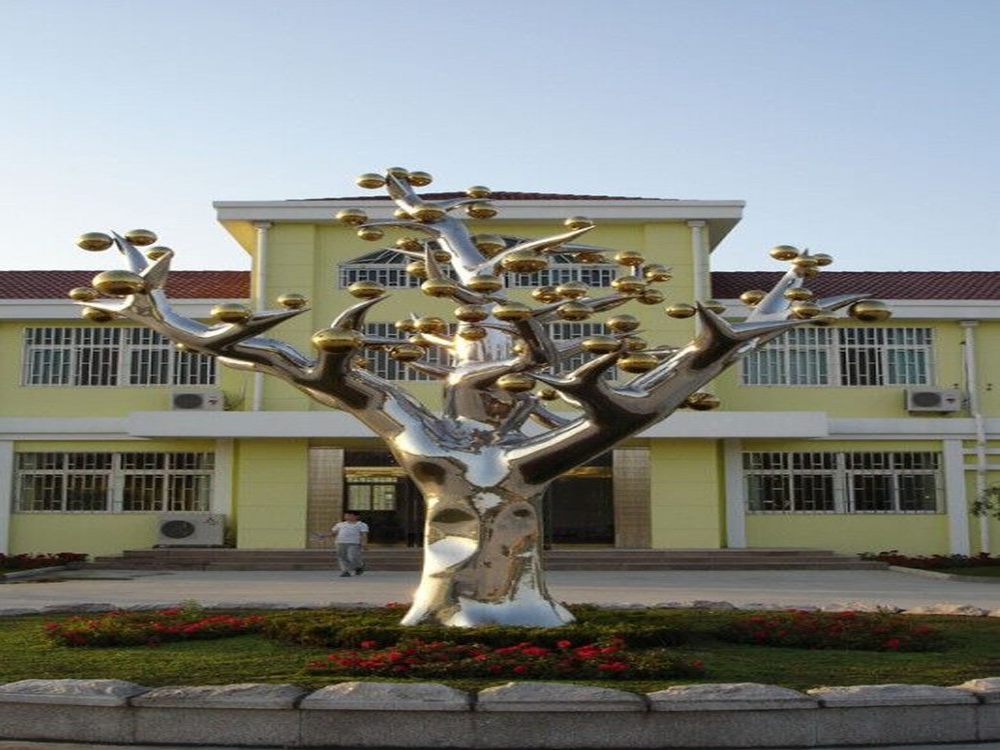
Bronze sculpting traces its roots back to ancient civilizations, where early metalworkers discovered the durability and malleability of bronze. The earliest known bronze artifacts date to around 3000 BCE in Mesopotamia and the Indus Valley, marking the dawn of a revolutionary artistic medium.
Ancient techniques began with simple hammering and casting methods, but the breakthrough came with the invention of the lost-wax (cire perdue) process. This sophisticated method, perfected by Egyptians and later Greeks, involved creating a wax model, encasing it in clay, and melting the wax to leave a hollow mold for molten bronze.
Chinese artisans during the Shang Dynasty (1600–1046 BCE) elevated bronze work to ritual significance, crafting intricate ceremonial vessels with elaborate motifs. Meanwhile, Classical Greek sculptors like Phidias pushed anatomical precision, while Renaissance artists revived and refined ancient methods.
The Industrial Revolution introduced mechanized tools, allowing larger-scale productions and thinner castings. Today, contemporary artists blend traditional techniques with modern technologies like 3D printing, while preserving the essence of this millennia-old craft. From ritual objects to avant-garde installations, bronze remains a testament to humanity’s enduring creativity.

